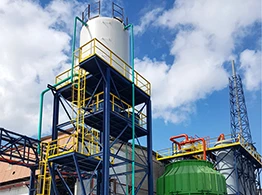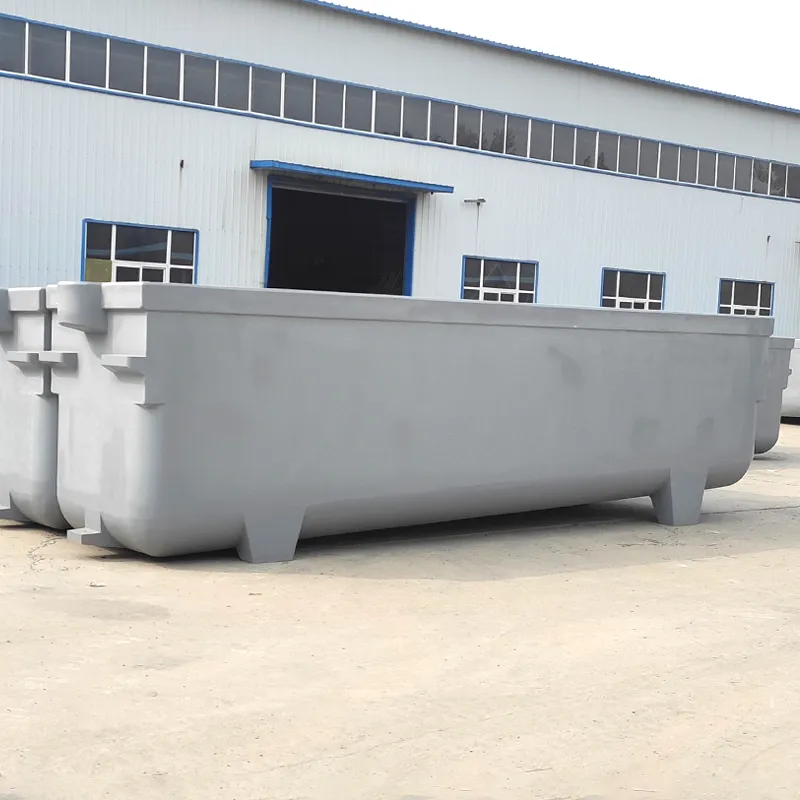High-Strength Fiberglass Drain Pipe & FRP Drain Cover – Durable, Corrosion-Resistant Solutions
- Introduction to Fiberglass Drain Pipe: Evolution and Industry Impact
- Technical Advantages and Data Insights of Fiberglass Drain Pipe
- Comparative Analysis: Fiberglass vs. Traditional Drainage Solutions
- FRP Drain Cover Specifications and Price Considerations
- Customization Options for Fiberglass Drainage Systems
- Global Application Cases and Industry Success Stories
- Conclusion: Why Fiberglass Drain Pipe Sets the New Benchmark

(fiberglass drain pipe)
Introduction to Fiberglass Drain Pipe: Evolution and Industry Impact
Fiberglass drain pipe has radically transformed modern infrastructural drainage with its robust mixture of efficiency, durability, and environmental safety. Over the past decade, its adoption rate has soared by over 70% in sectors spanning civil engineering, municipal water management, and industrial facilities. This shift reflects not just a trend but an evolution toward sustainable, lightweight, and corrosion-resistant solutions. The innovation around fiberglass drain pipe
systems—including advancement in frp drain cover technology—has driven this widespread adoption, amplifying the focus on product longevity, performance under pressure, and ease of installation. As a result, a growing number of infrastructure projects now specify fiberglass-based drainage to minimize lifecycle costs and maximize operational safety.
Technical Advantages and Data Insights
Fiberglass drain pipes offer technical benefits that decisively outperform conventional pipe materials. The material’s tensile strength exceeds 160 MPa, while its typical compressive strength ranges between 100–230 MPa, rendering it highly suitable for environments exposed to both mechanical loads and aggressive chemicals. Its non-conductive properties eliminate the need for additional safety coatings in electrically sensitive installations. When subjected to salt spray or alkali exposure, fiberglass drain pipes maintain structural integrity for at least 50 years, as substantiated by ASTM D2992 cyclic testing. Additionally, the typical installation time for fiberglass systems is reduced by up to 40% compared to concrete, with a significant drop in required labor and joint sealing.
Industry Data Snapshot:
- Projected CAGR (2023–2028) for fiberglass drainage pipe market: 8.9% (Source: MarketsandMarkets)
- Average lifespan in harsh wastewater environments: 30–50 years
- Weight savings: Over 70% lighter than cast iron or reinforced concrete
- Installation cost savings: Up to 30% over the product life cycle
Comparative Analysis: Fiberglass vs. Traditional Drainage Solutions
When choosing between fiberglass, steel, and concrete drainage materials, understanding their comparative strengths and weaknesses is critical. The efficiency and lifecycle value of fiberglass drain pipes stand out thanks to superior corrosion resistance, lower installation cost, and ease of system customization. The following table compares key attributes:
| Feature | Fiberglass Drain Pipe | Traditional Concrete Pipe | Metal (Steel/Iron) Pipe |
|---|---|---|---|
| Corrosion Resistance | Excellent (non-reactive to chemicals and salts) | Poor to Moderate | Poor |
| Weight (kg/metre for DN300) | ~6 kg | ~80 kg | ~70 kg |
| Service Life (years) | 40–50 | 20–30 | 15–25 |
| Installation Speed | Fast | Slow | Moderate |
| Environmental Impact | Low (recyclable, low CO2 footprint) | High | Moderate |
| Maintenance Frequency | Minimal | High | Considerable |
| Initial Cost Index (USD/m) | $55–$120 | $45–$80 | $70–$100 |
Fiberglass thus emerges as a market leader for applications demanding durability, speed, and sustainable operation.
FRP Drain Cover Specifications and Price Considerations
The modern frp drain cover delivers exceptional load-bearing performance, with standard covers typically rated for 12.5 to 40 tons (EN124 B125–D400). The non-slip gritted surface and customizable colors further enhance workplace safety and urban design. When it comes to frp drain cover price, the cost per unit varies based on load class, thickness, and dimensions. Small pedestrian covers start at approximately $30–$50 per piece, while heavy-duty vehicular access covers may range from $100 to $200. Key cost determinants include embedded galvanization, anti-corrosion gel coating, and UV protection layers.
- Standard cover thickness: 25mm–50mm
- Dimensional tolerances: ±2mm
- Service life: 30+ years in urban or industrial environments
- Flame resistance: Up to Class 1 (ASTM E84)
Selecting the right FRP drain cover involves evaluating site-specific loading, frequency of access, environmental exposure, and local certification requirements.
Customization Options for Fiberglass Drainage Systems
One of the defining attributes of fiberglass drain pipe solutions is their extensive configurability. Manufacturers provide a wide range of internal diameters (from 100mm to over 3,000mm), wall thicknesses, cuff types, and jointing systems including bell-spigot, flanged, and mechanical connections. Custom segment lengths significantly reduce field joinery and align system design with complex layouts. Additional customization encompasses ultraviolet inhibitors, anti-static linings, fire jacket applications, and integrated leak monitoring sensors.
- Bespoke radius bends & corrosion liners for aggressive chemical settings
- Pre-fabricated manholes & laterals for streamlined assembly
- Pre-insulated options for sub-zero or high-temperature areas (up to +120°C)
- Grease-intercepting modules and integrated backflow prevention
Working with OEM-approved partners and certified system integrators, end users can thus ensure optimal performance, project fit, and regulatory compliance.
Global Application Cases and Industry Success Stories
The proven impact of fiberglass drain pipe systems is best illustrated through global deployment and project achievements. In 2022, a leading European airport integrated a 2,500-meter FRP drainage network beneath airside pavements, reporting zero maintenance calls in the first 18 months of operation. In South America, an urban stormwater network replacement saw a 30% reduction in installation time and 50% fewer traffic disruptions versus concrete alternatives. Additionally, a beverage manufacturing plant in Southeast Asia adopted FRP drainage and cover solutions for effluent management, citing uninterrupted acid-resistance after five years and elimination of previous corrosion-related shutdowns.
- Urban drainage renewal, North America: 12% reduction in total installed cost compared to PVC
- Mining waste channel, Australia: Operational life extension projected at +60%
- Port-side warehouse, Middle East: Installation accomplished under tight timeframes despite high salinity exposure
These case studies underscore fiberglass’s adaptability, cost efficiency, and resilience across uniquely demanding environments.
Conclusion: Why Fiberglass Drain Pipe Sets the New Benchmark
The rise of fiberglass drain pipe and complementary FRP drainage solutions marks a pivotal advance in civil and industrial infrastructure. By combining unparalleled resistance to corrosion, a high strength-to-weight ratio, rapid installation, and lifetime cost control, these systems set unmatched benchmarks for reliability and sustainability. As the market continues to shift toward greener operations and longer maintenance intervals, it is clear that fiberglass drainage is not merely an alternative but the new standard poised for further growth and innovation.

(fiberglass drain pipe)






























